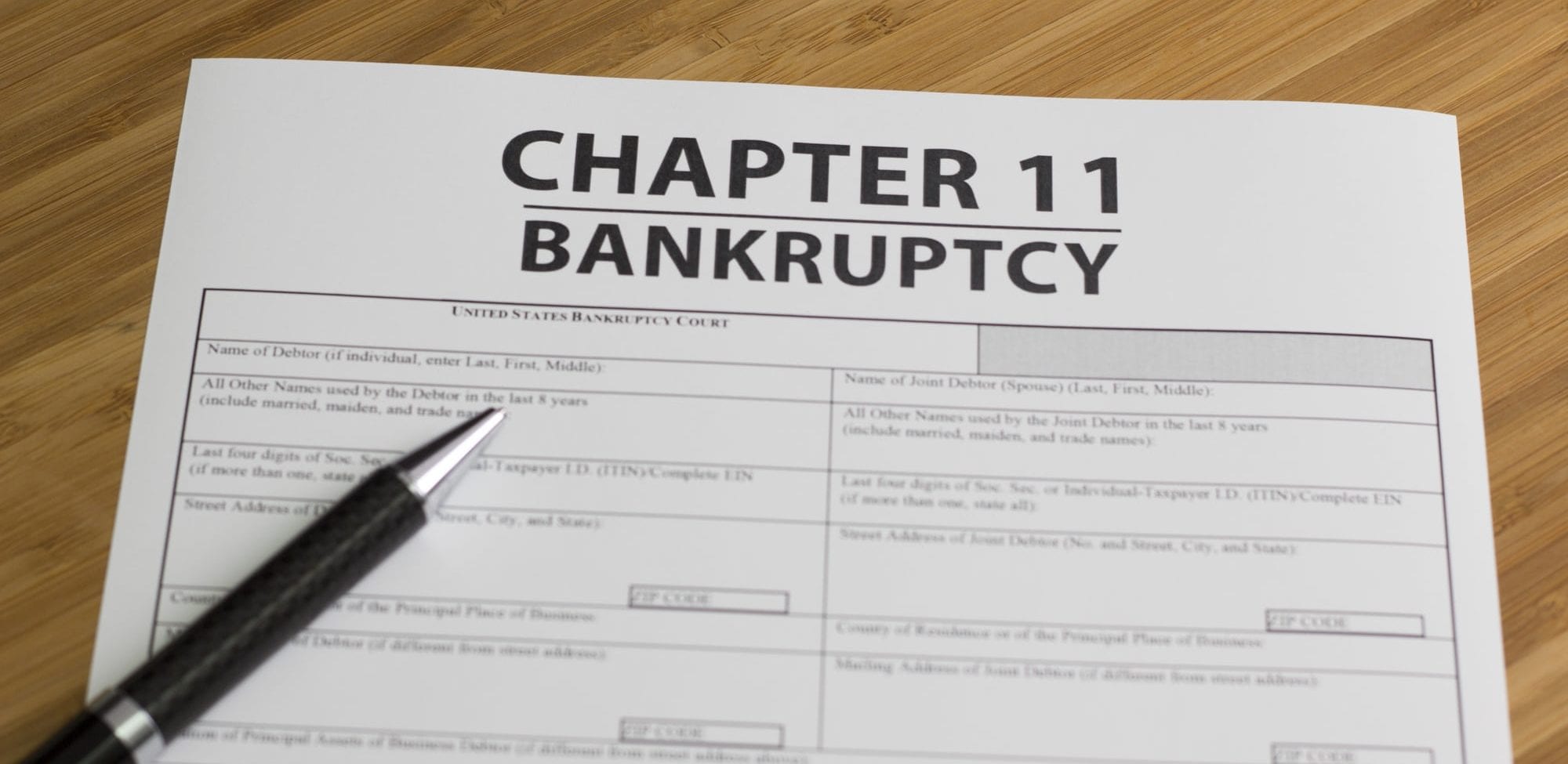In today’s ever-changing economic landscape, businesses face a multitude of challenges, one of the most significant being the looming specter of insolvency. This article will delve into the crucial aspects of insolvency risk, shedding light on what it is, why it matters, and how it can impact businesses and individuals.
Understanding Insolvency Risk
Insolvency risk, at its core, pertains to the financial stability of an entity—be it a business or an individual. It signifies the risk of being unable to meet financial obligations as they fall due. This risk stems from various sources, including economic downturns, mismanagement, unexpected expenses, and a plethora of other factors. Understanding insolvency risk is paramount in making informed financial decisions.
Factors Contributing to Insolvency Risk
Several factors can significantly increase insolvency risk, including:
Economic Downturns
Economic recessions or depressions can spell disaster for businesses and individuals alike. Reduced consumer spending, decreased demand for goods and services, and volatile markets can put immense pressure on financial stability.
Excessive Debt
Accumulating excessive debt, whether through loans, credit cards, or mortgages, can quickly lead to financial instability. High-interest rates and the inability to meet repayment deadlines can exacerbate insolvency risk.
Poor Financial Management
Inadequate financial planning, budgeting, and investment strategies can leave individuals and businesses vulnerable to insolvency risk. Mismanagement of assets and resources can rapidly deplete financial stability.
Legal Liabilities
Legal issues, such as lawsuits or regulatory compliance problems, can result in significant financial burdens. Legal battles and fines can drain resources and escalate insolvency risk.
The Impact of Insolvency Risk
The consequences of insolvency risk can be profound and far-reaching, affecting various aspects of an entity’s financial and personal life.
Business Closure
For companies, insolvency risk can lead to the closure of the business. This can result in job losses, the disposal of assets, and significant financial setbacks for owners and investors.
Personal Bankruptcy
Individuals facing insolvency risk may have to resort to personal bankruptcy as a last resort. This can have lasting repercussions on their credit score and ability to secure loans or find employment.
Strained Relationships
Financial instability often places significant strain on personal relationships. Arguments about money, mounting debt, and the fear of an uncertain future can lead to emotional distress.
Mental and Emotional Stress
The constant worry and stress associated with insolvency risk can have severe mental and emotional health consequences. Anxiety, depression, and other mental health issues may develop as a result.
Legal Consequences
Individuals and businesses facing insolvency risk may also experience legal consequences, including lawsuits from creditors and government agencies, further adding to their financial burdens.
What are the warning signs of insolvency risk? A1: Warning signs of insolvency risk include increasing debt, consistent cash flow problems, declining profitability, and frequent creditor demands for payment.
How can businesses mitigate insolvency risk? A2: Businesses can mitigate insolvency risk by maintaining a healthy cash reserve, managing debt effectively, and conducting regular financial assessments to identify potential issues early on.
Can individuals recover from insolvency risk? A3: Yes, individuals can recover from insolvency risk. It may involve debt consolidation, bankruptcy, or restructuring financial obligations. Seeking professional advice is often essential.
What role does insurance play in managing insolvency risk? A4: Insurance can provide a safety net for individuals and businesses facing insolvency risk. Policies like liability insurance or business interruption insurance can help mitigate financial losses in certain situations.
Is it possible to prevent insolvency risk entirely? A5: It is challenging to prevent insolvency risk entirely, as it can result from a combination of factors, including external economic conditions. However, prudent financial management and risk assessment can reduce the likelihood of insolvency.
Conclusion
Insolvency risk is a pervasive and significant concern in today’s financial landscape. Understanding the factors contributing to insolvency risk and its potential consequences is essential for individuals and businesses alike. By recognizing warning signs, seeking professional guidance, and implementing sound financial strategies, it is possible to manage and, in some cases, mitigate insolvency risk. In a world where financial stability is paramount, being informed and proactive is the key to safeguarding your economic well-being.







